Dracula and Bucharest
Romania is unquestionably off the usual European tourist map. There is no steady stream of mini RV’s from France or Germany, no educational tour groups from the US, no young people in vans or hitchhikers and only a few motorbikes. Romania is a little too far away from central Europe and doesn’t have any big bang attractions to draw people in. And that’s good for us.
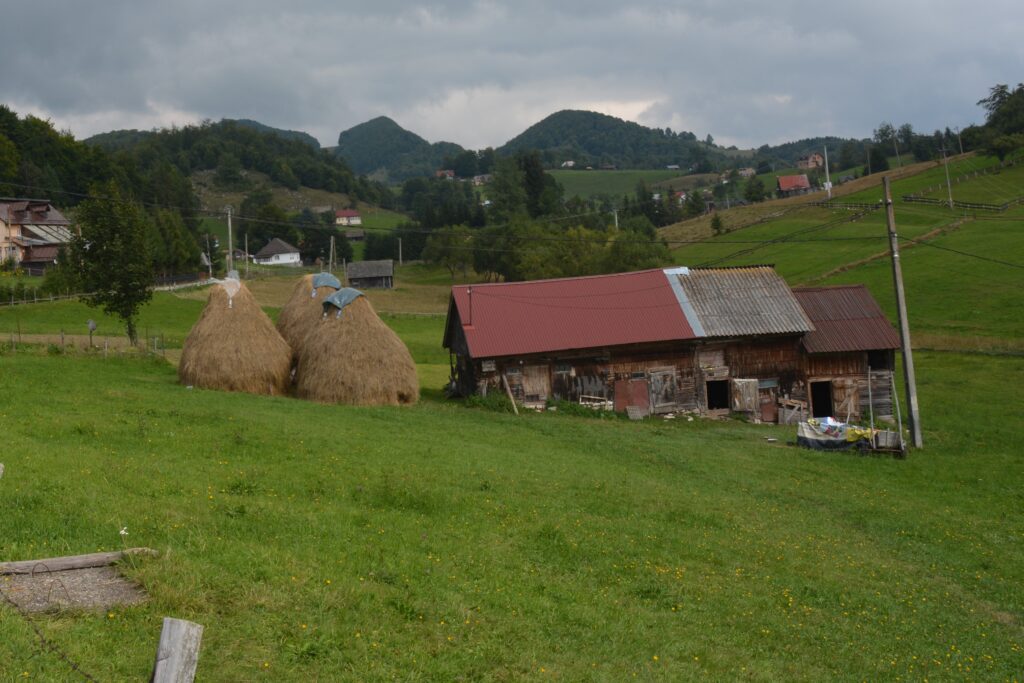
We’ve been spending most of our time so far in Transylvania which, besides having a very cool name full of mystery and menace, has most of the attractions we’ve been interested in seeing. But Romania does have one famous, or infamous, attraction which I would guess every visitor to this country has to see and that is Bran Castle, home to the legendary – and totally imaginary – Count Dracula.
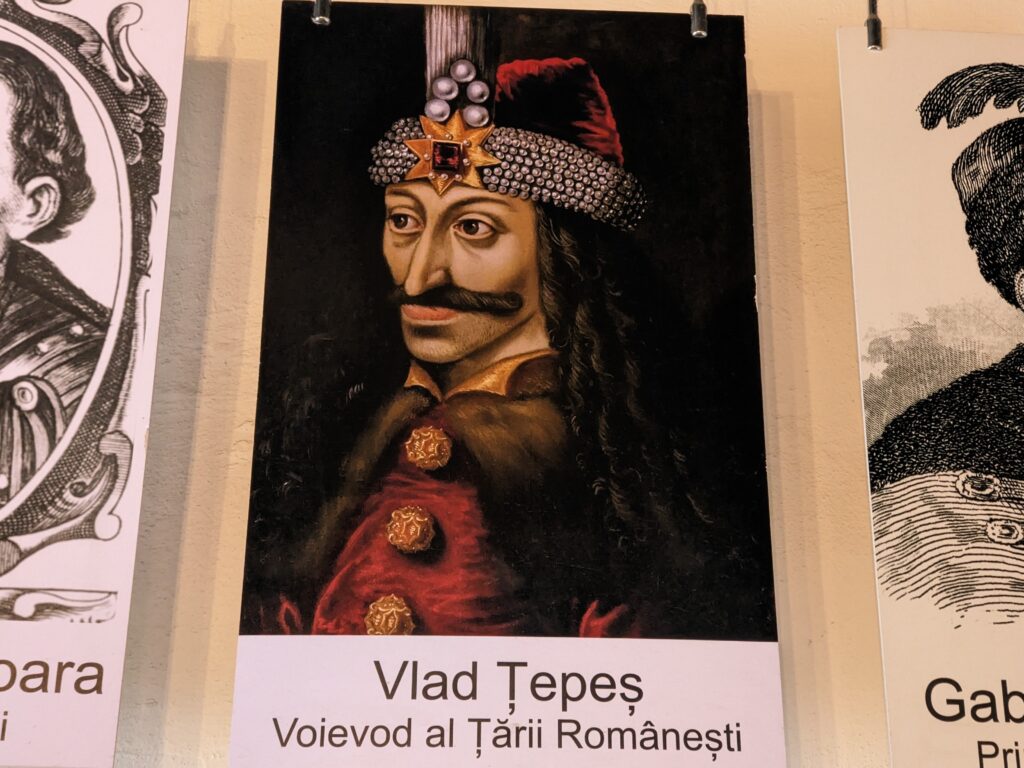
To get to the small town of Bran we passed through the wonderful Piatra Craiului National Park with it’s high razorback mountain range and deep narrow canyons. We had a fabulous time dabbling down a few roads into the park and then exploring some of the nearby rolling hills full of unique houses with people who have eeked out a living in a very obscure place.
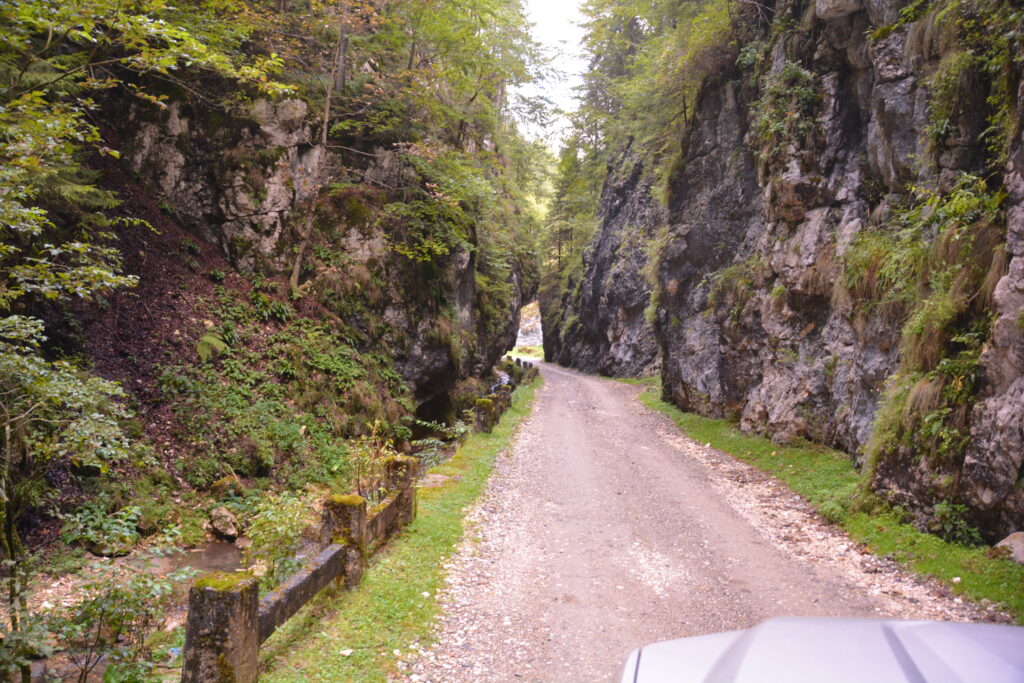
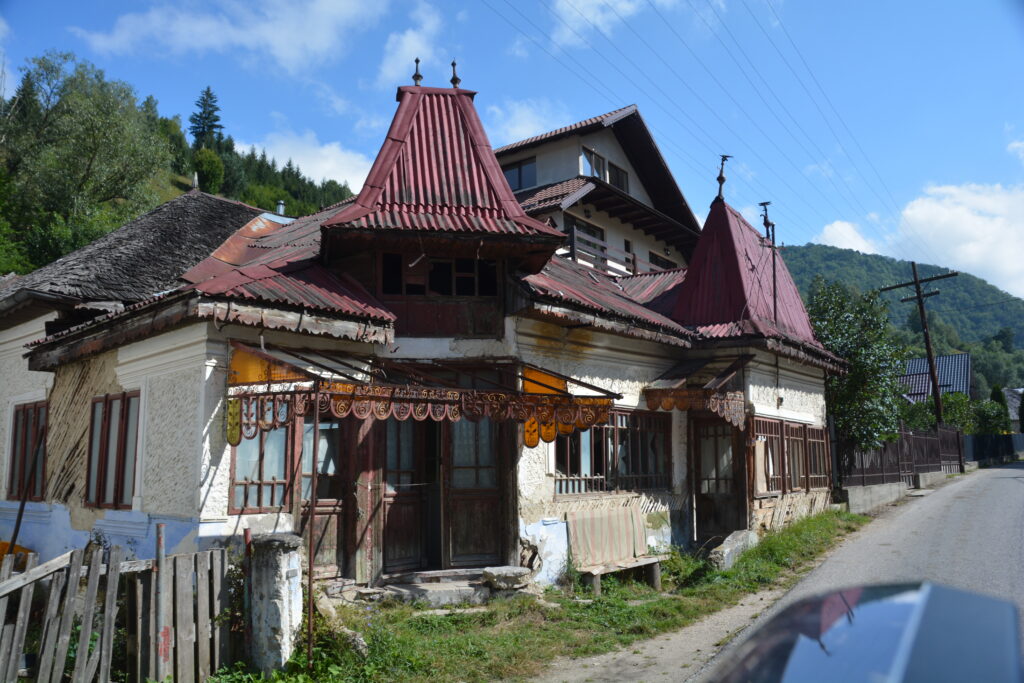
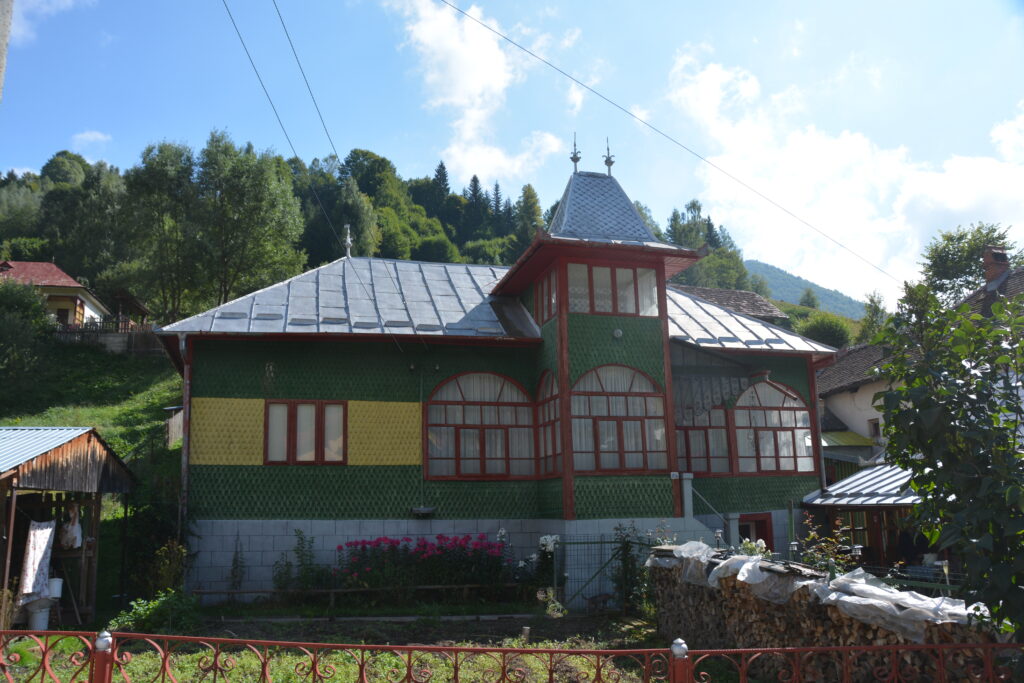
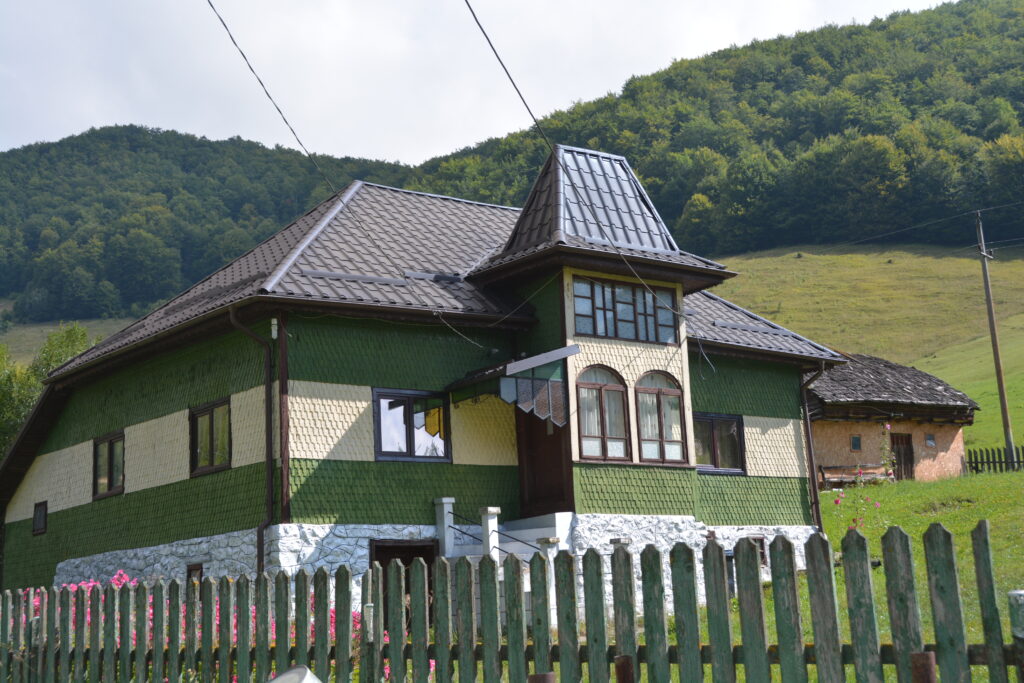
But as we turned a corner on our approach to the town of Bran a fantastical medieval castle appeared on the hill. It looked over the town in this historically and strategically significant crossroads location, it’s towers and turrets and balconies and parapets all shining bright in the morning sun. This is where Disneyland meets Romanian history and mythology, then bundles it all up in one photogenic castle.
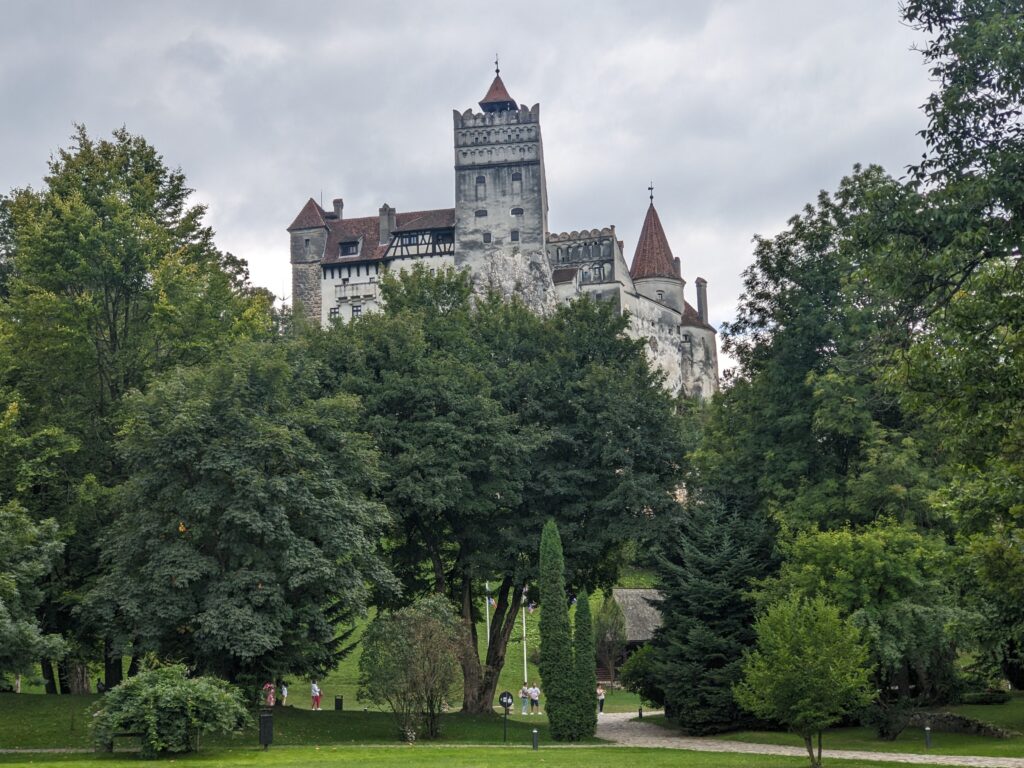
Bran Castle dates back to the 14th century but as is the case in most buildings 600 years old, it has undergone many renovations, additions, sackings, rebuilds and repairs along the way. Bran Castle also has had the benefit of being in the hands of Romania’s royal family for the last century, including as their home in refuge during WWII, and still to this day it is open to the public by the grandchildren of the last King and Queen of Romania.
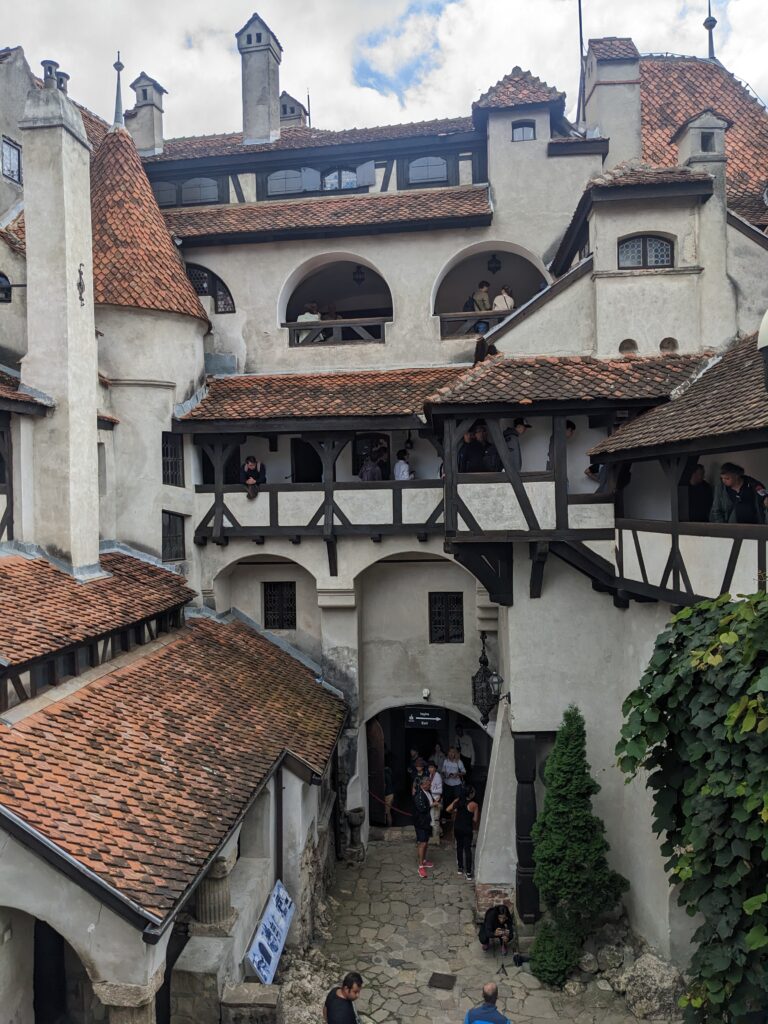
The castle is good, very good, but what makes it famous is a book written in 1897 by Irishman Bram Stoker called Dracula which places the first and most famous vampire of all time in Bran Castle. The fictional character of Count Dracula was actually based on a person named Vlad Tepes Draculea who was born in 1431 and later ruthlessly rule these parts under the threatening name of Vlad the Impaler. Never mind, the T-shirts, coffee mugs and other souvenirs leave you in no doubt that Dracula was real, he was here and he was scary. In fact, the tag line for the castle is ‘Royal by day, terror by night’.
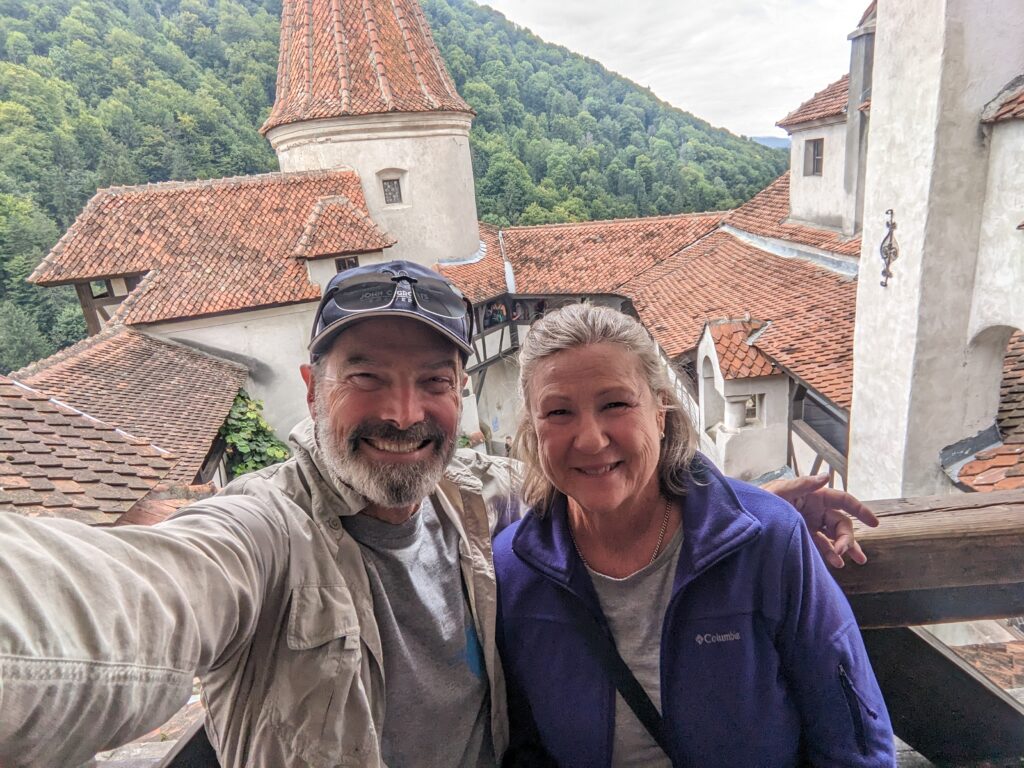
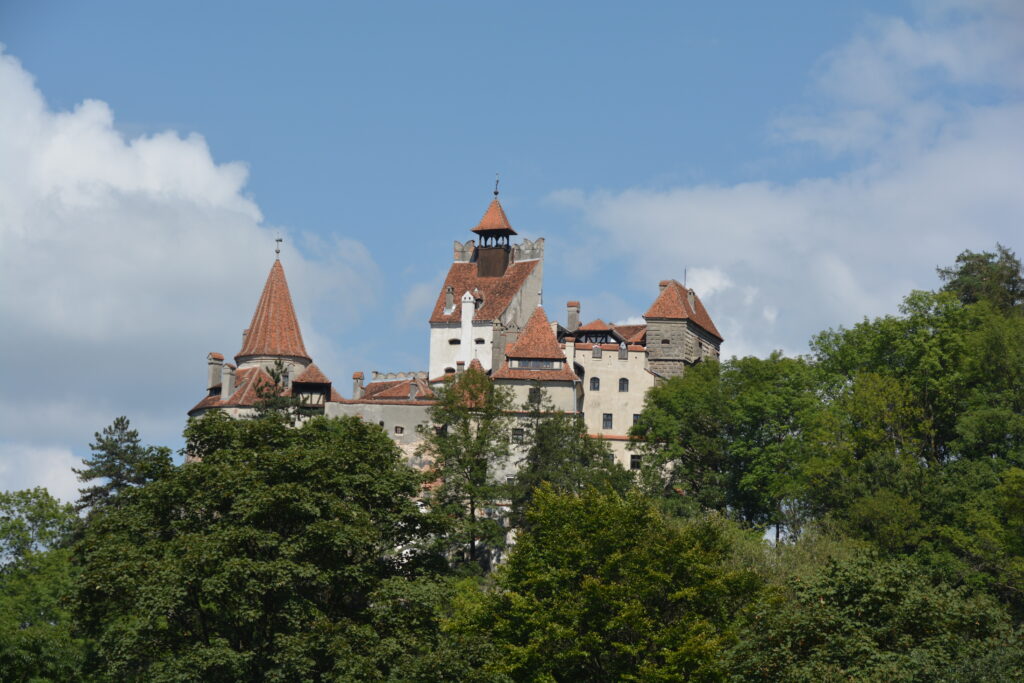
Having wandered through this impressive castle and survived the rare Romanian tourist crowds we drove a short distance to the town of Rasnov which features another 14th century citadel on top of the hill. This citadel is closed for renovation but we caught the tractor-pulled train up the hill to explore the outside walls and admire the views below.
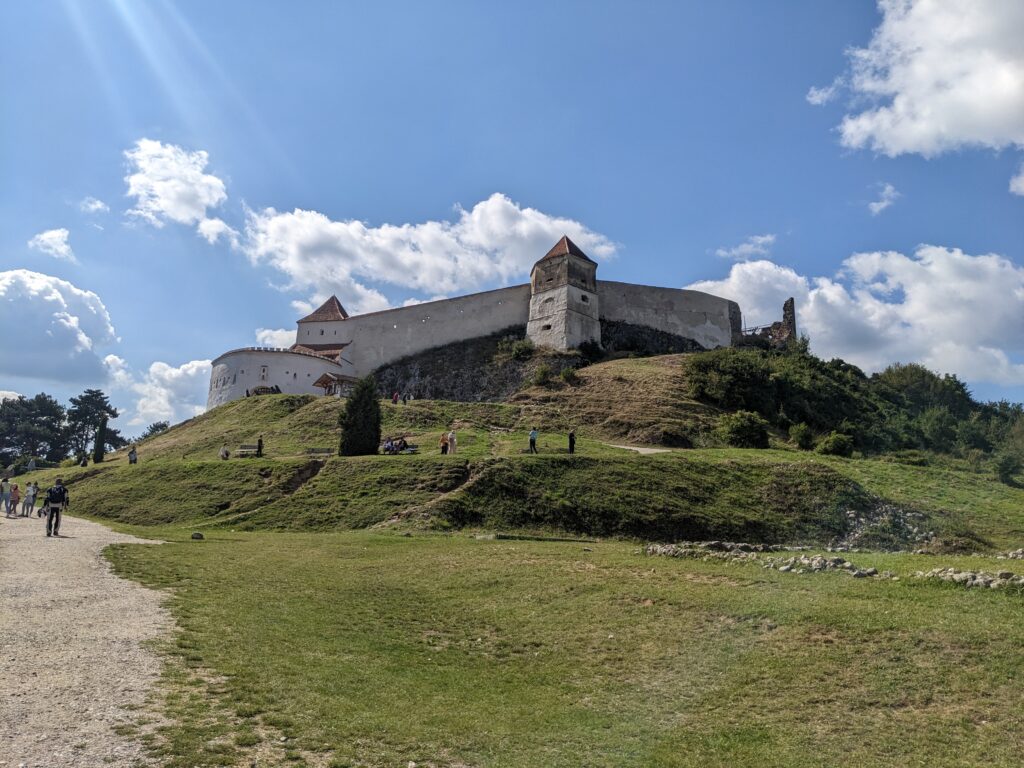
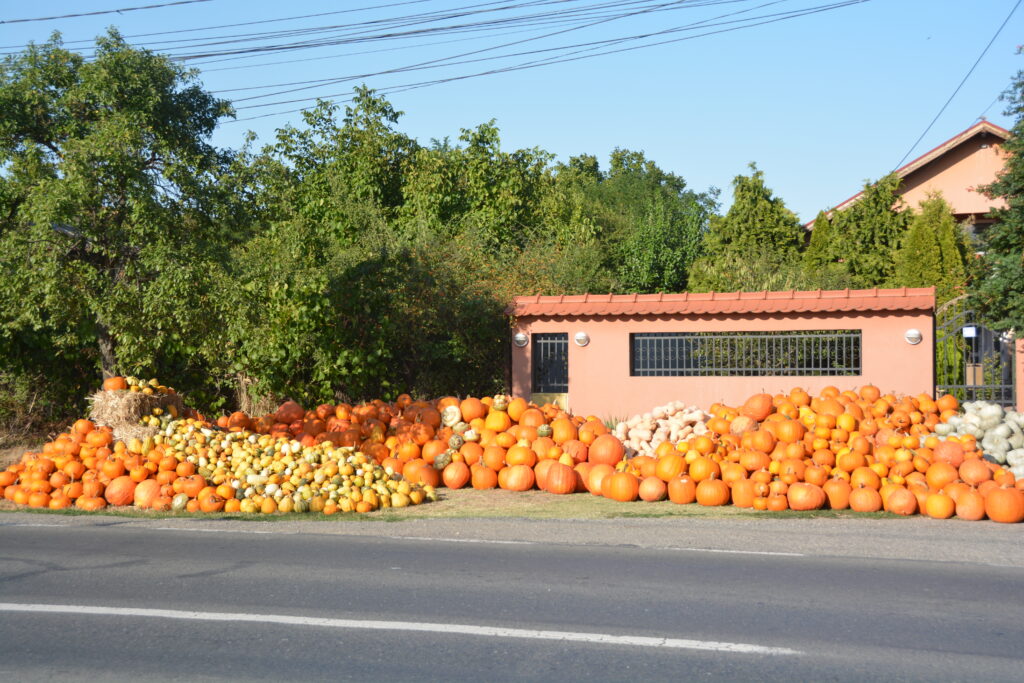
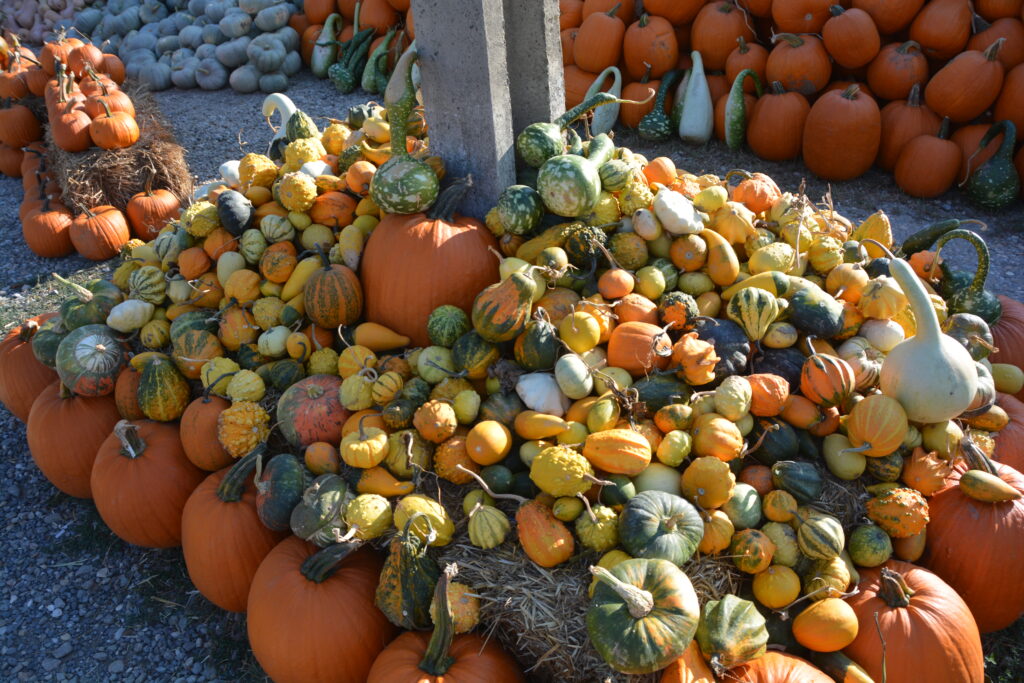
We then moved into the major regional town of Brasov, glistening with fabulous Saxon-era buildings and architecture, a wonderful open plaza and a major Gothic cathedral. We sat at a table on the square and had a cold beer while we admired the sunny scene and people-watched.
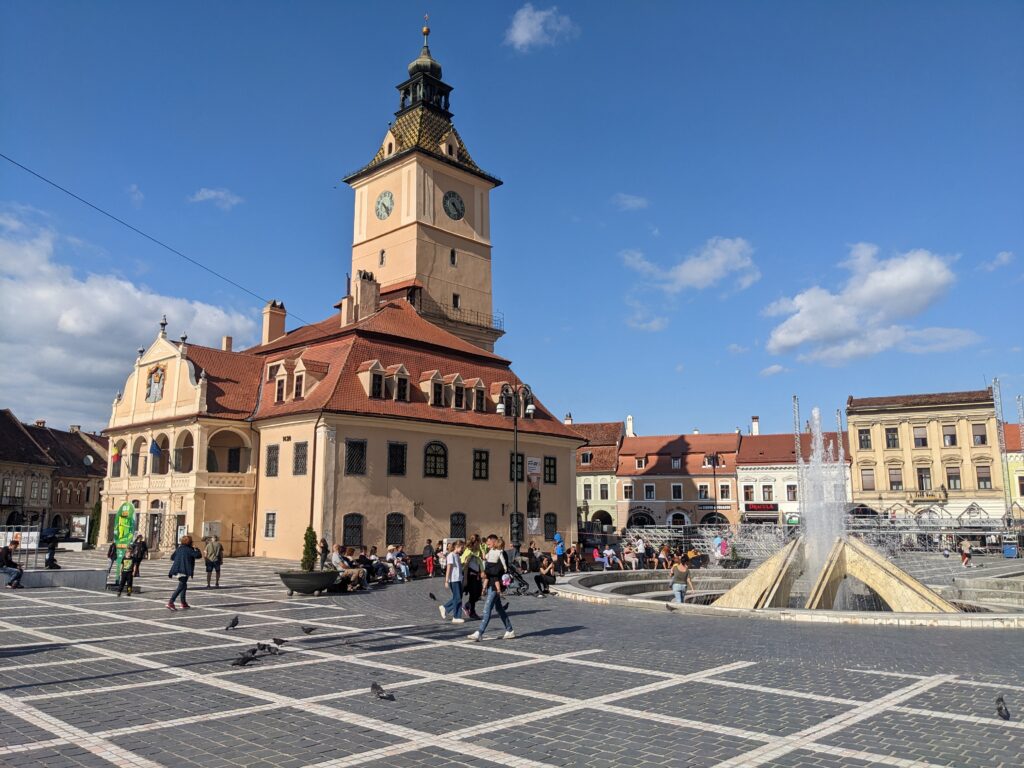
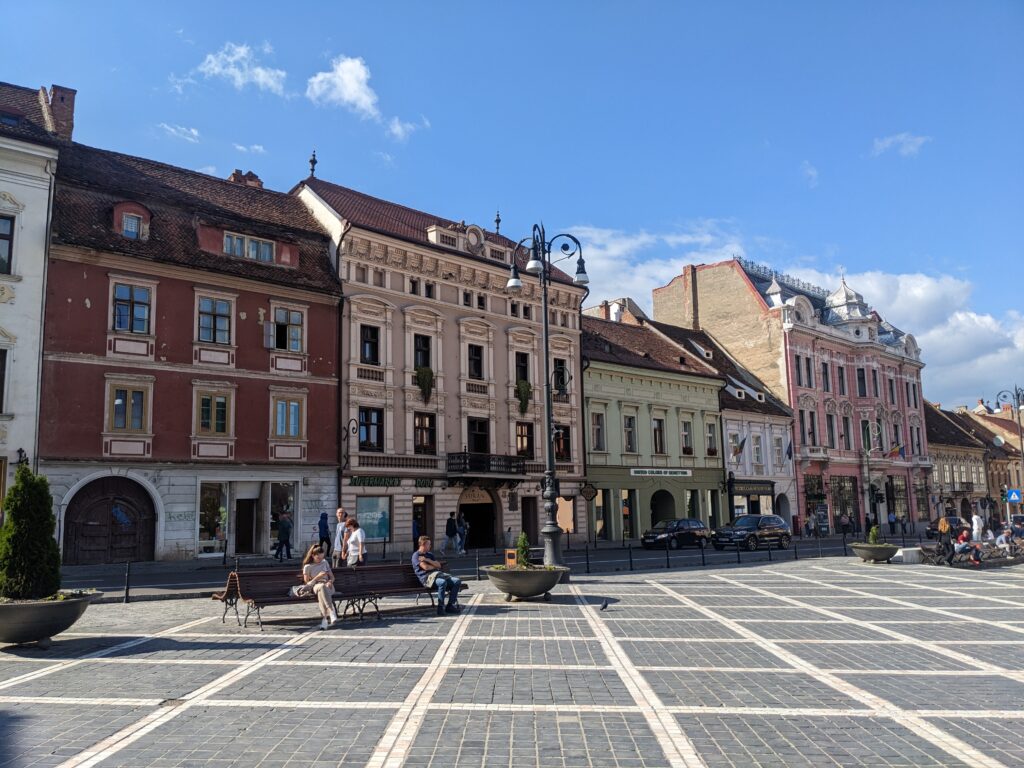
Following that chill afternoon we traced a long dirt road into the mountains and set up camp by a little stream, a little nervous about the bears which roam in abundance through the mountains of Romania. It felt like Canada or Alaska again without the moose.
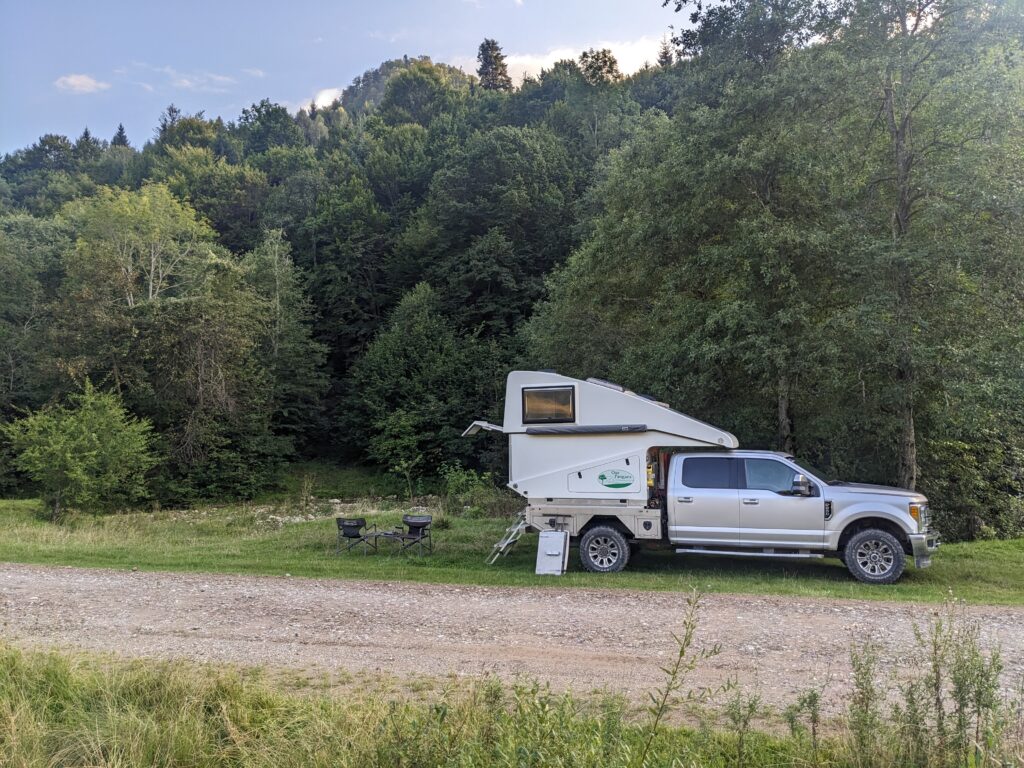
We wanted to get down to the cosmopolitan capital of Romania, Bucharest, but we stopped along the way to admire a 17th century monastery and a bopping resort town at Sinaia, surrounded by magnificent high mountains, ski resorts nearby. We then followed more back roads with more switchbacks until we arrived at the historic town of Targoviste.
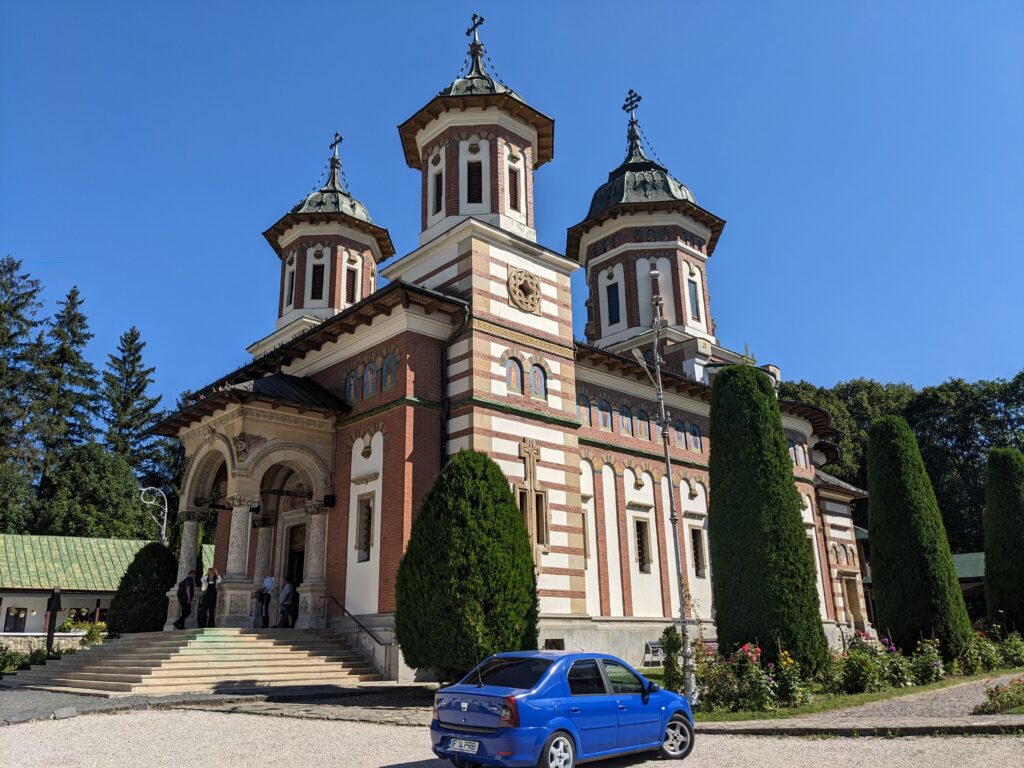
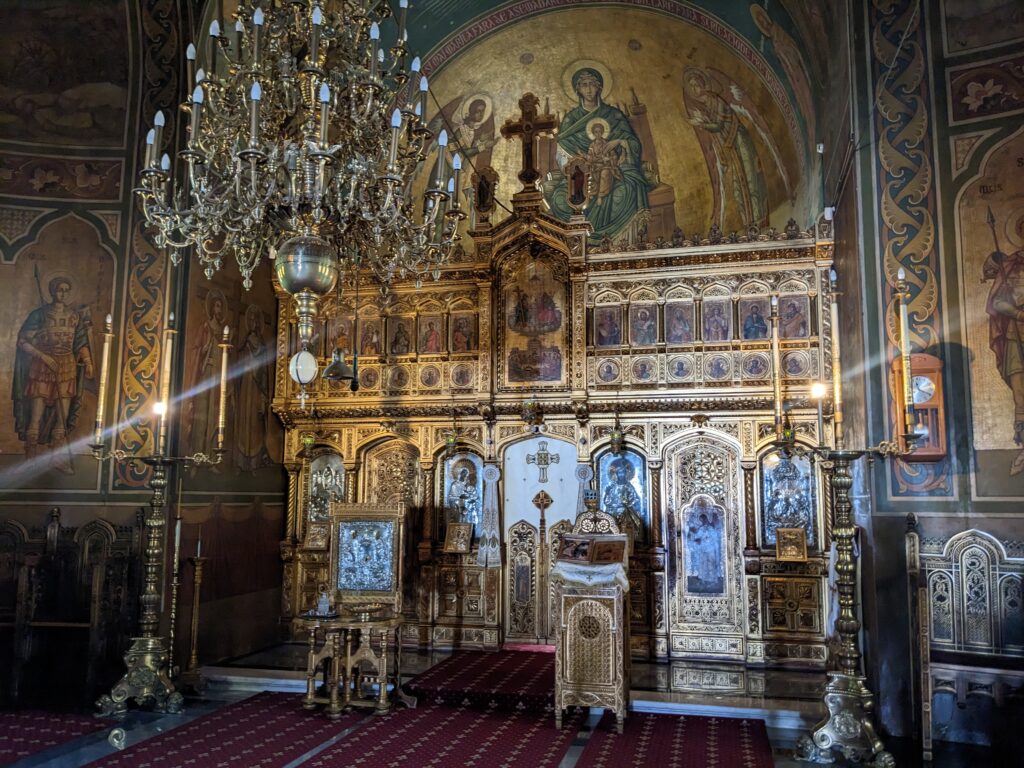
No visit to Romania is complete without understanding a little bit about what this country and it’s people went through in the second half of the 20th century. Following WWII there was a rise in communism across Eastern Europe, primarily driven by the USSR, and in Romania the communist movement reached it’s dictatorial zenith under Nicholae Ceausescu and his wife Elena.
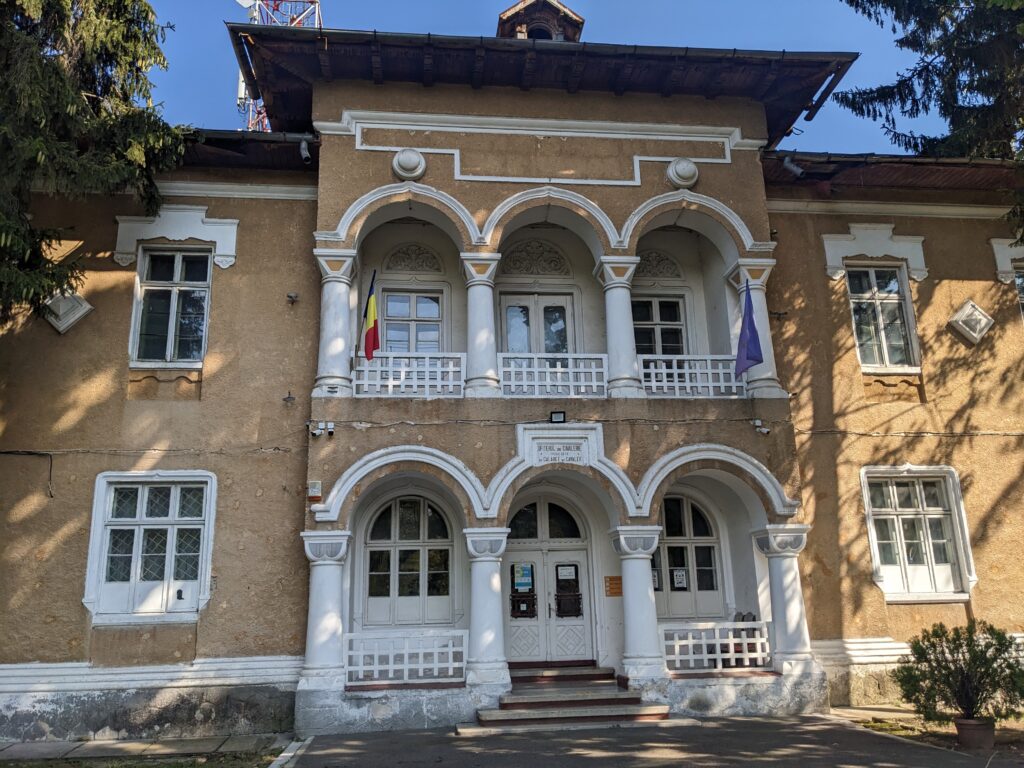
In the 1970’s and 80’s Ceausescu ruled with an iron fist and it is said that up to 60,000 Romanians died under his watch. From his hard core and twisted policies people suffered greatly and their society lived in fear. In the late 1980’s the communist movement started to collapse in most countries and by late 1989 the Romanians were rising up against Ceausescu and his wife. In these heady and chaotic days they were eventually arrested while trying to escape. He and his wife were tried and executed on 25 December 1989.
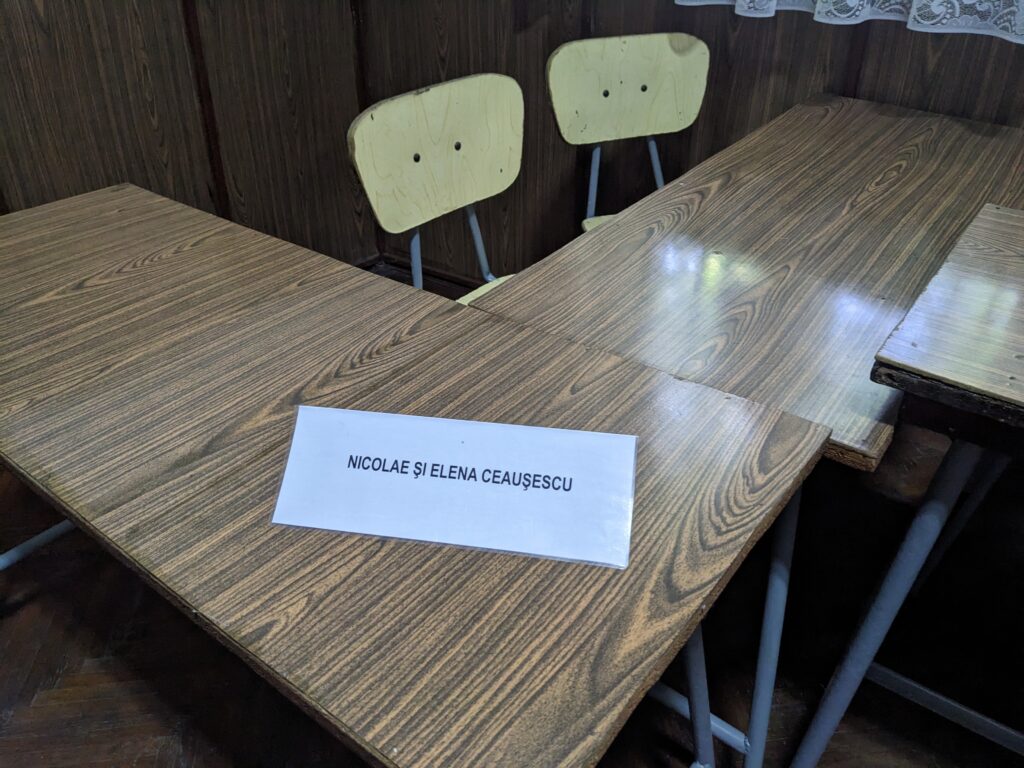
I relate this detail because Julie and I went to the military barracks in Targoviste and saw where the two of them were held for a couple of days, then tried and executed by firing squad. It sounds a bit macabre as I write it but we even stood at the gruesome spot, the back wall of the barracks, where the deed was done, ending two of last century’s greatest tyrants.
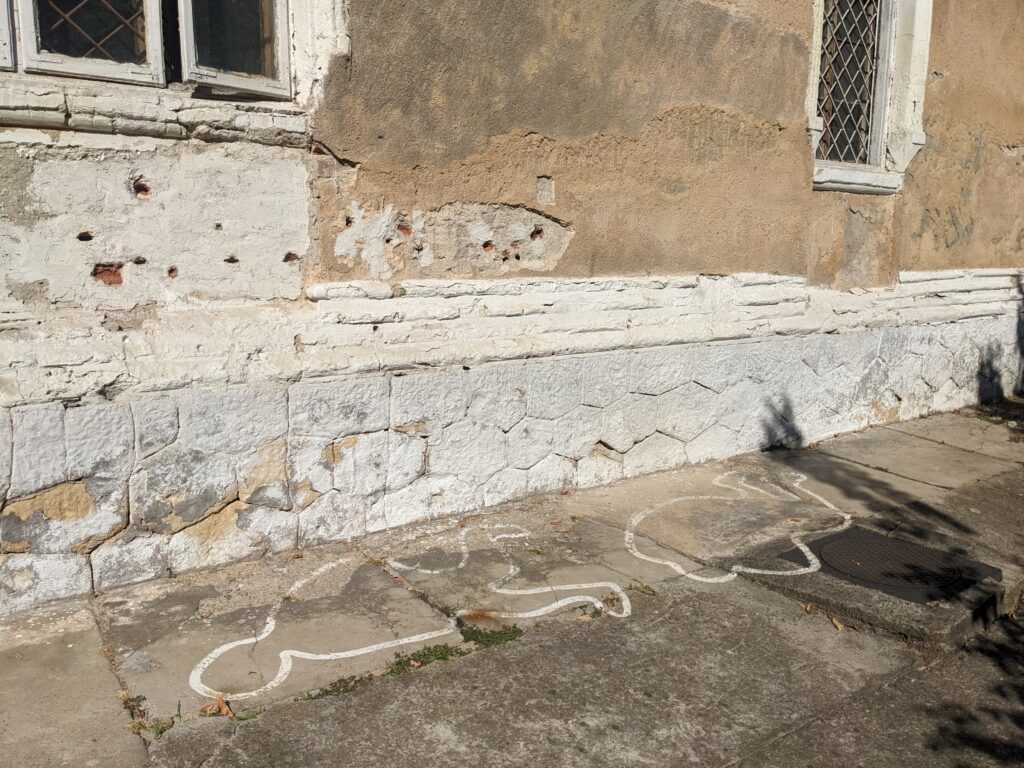
We camped that night on the water’s edge of a winding river only about 10 kilometres north of Bucharest in a quiet and peaceful spot. The next morning we drove into the bustling capital with almost two million people, and parked for the day in front of one of the most amazing buildings we’d ever seen.
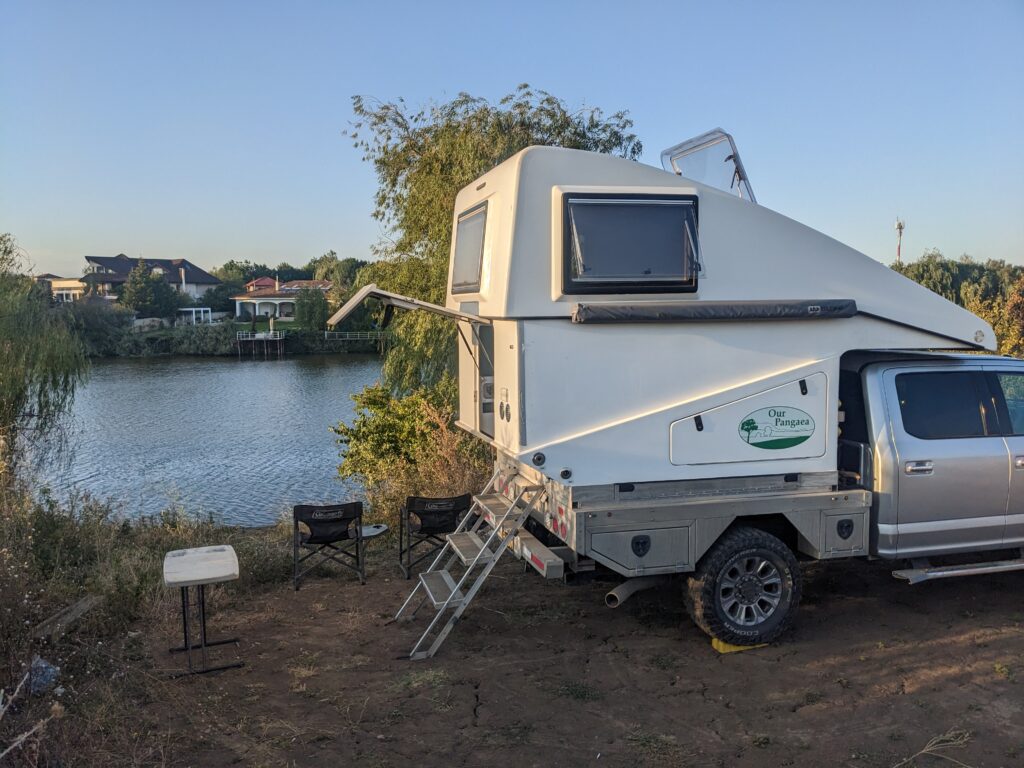
The Palace of Parliament was built by Ceausescu as a monstrous monument to himself and his government. It is the second largest building in the world after the Pentagon and still houses the government’s parliament and ministerial functions. It’s huge, grotesque and extraordinary, all in one.
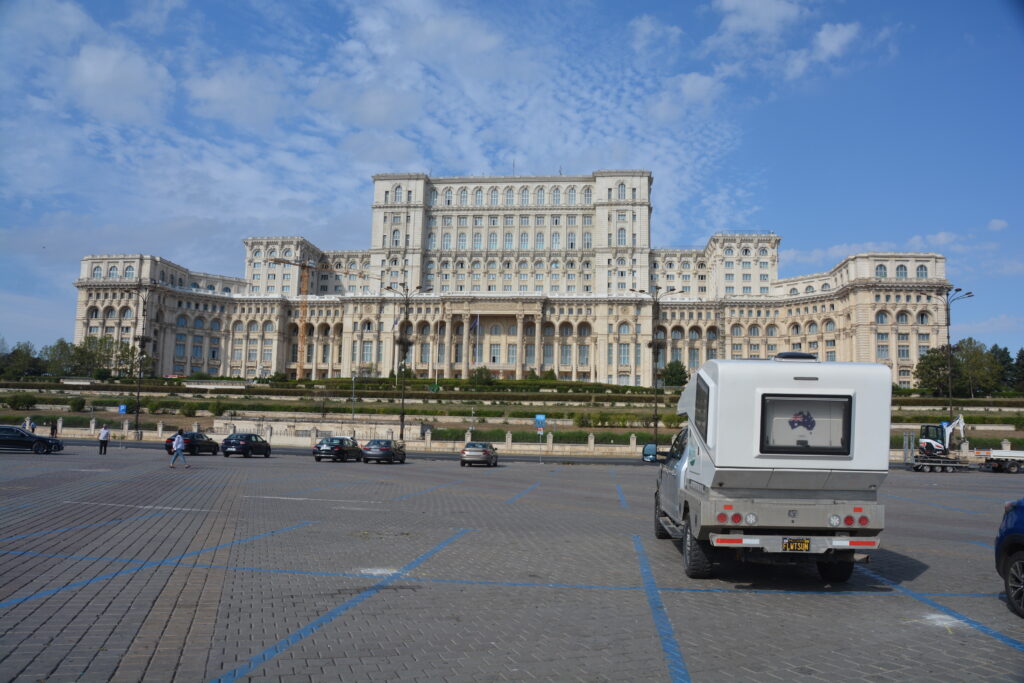
To be honest, we didn’t have high expectations for Bucharest and as it turned out, the city didn’t exceed them. Bucharest is busy and feels energetic with the streets and footpaths full of nice cars and normal people. So that’s good. But a lot of the buildings are drab and lifeless, a leftover from Ceausescu’s knock-the-good-old-stuff-down-and-build-some-ugly stuff-instead era. There were a lot of abandoned buildings, most of the parks were brown and unkempt, and with a couple of exceptions there was a general grimness about the place.
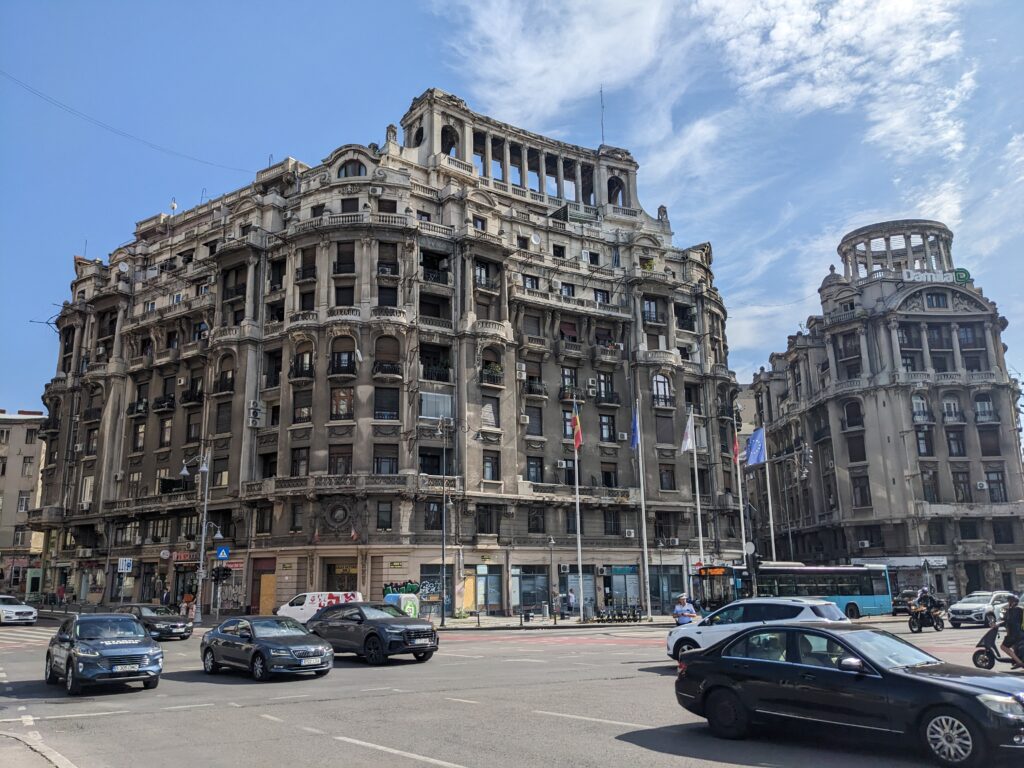
Julie and I spent most of the day in the downtown area, walking the streets, taking in the vibe. We caught the metro out to a park with an open-air museum and strolled down long boulevards lined with concrete buildings and a few handsome survivors from the 19th century. We particularly liked the old town which featured narrow streets, some cool old buildings and many chic restaurants and bars. Bucharest has a few cool places if you dig around for them.
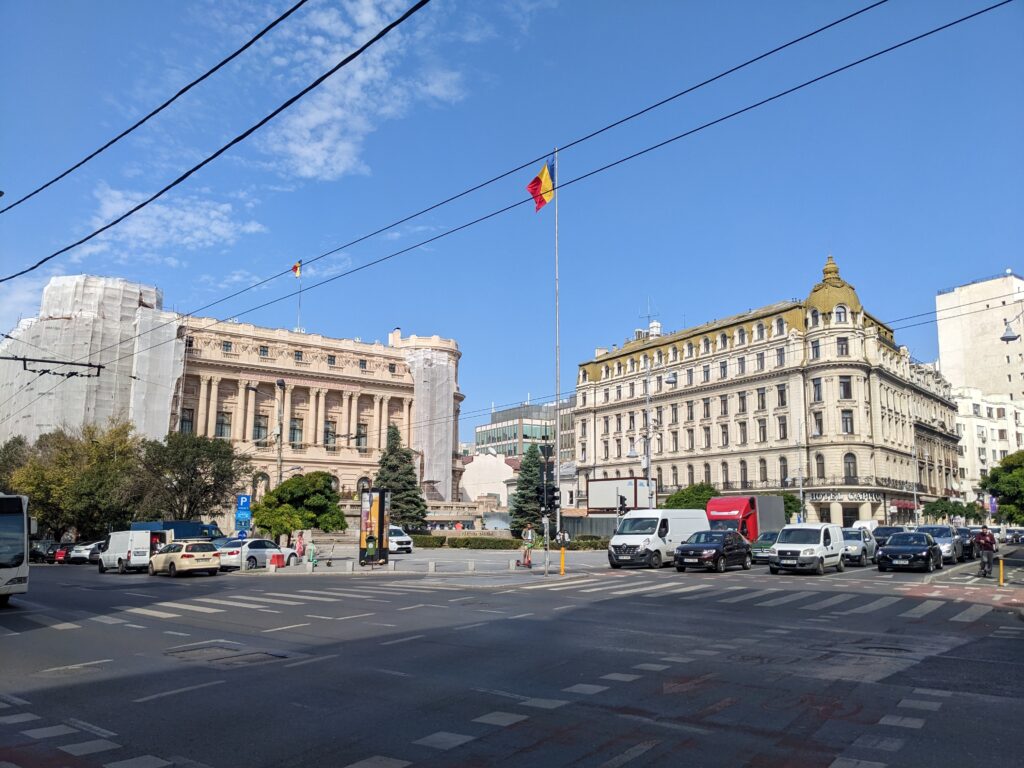
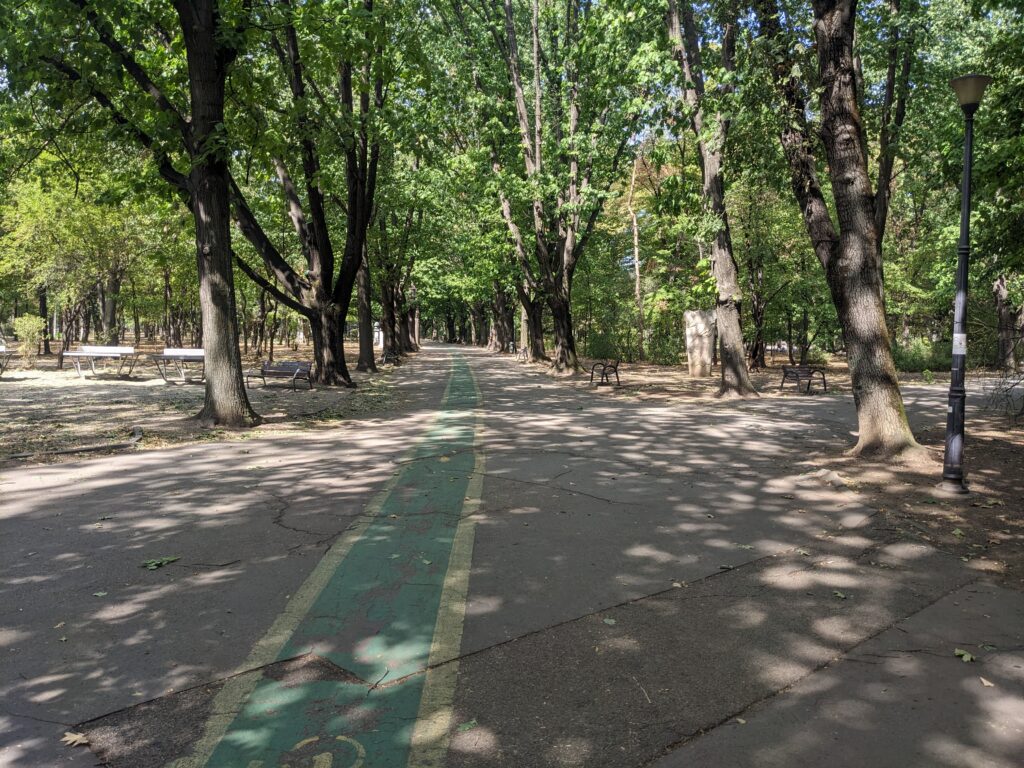
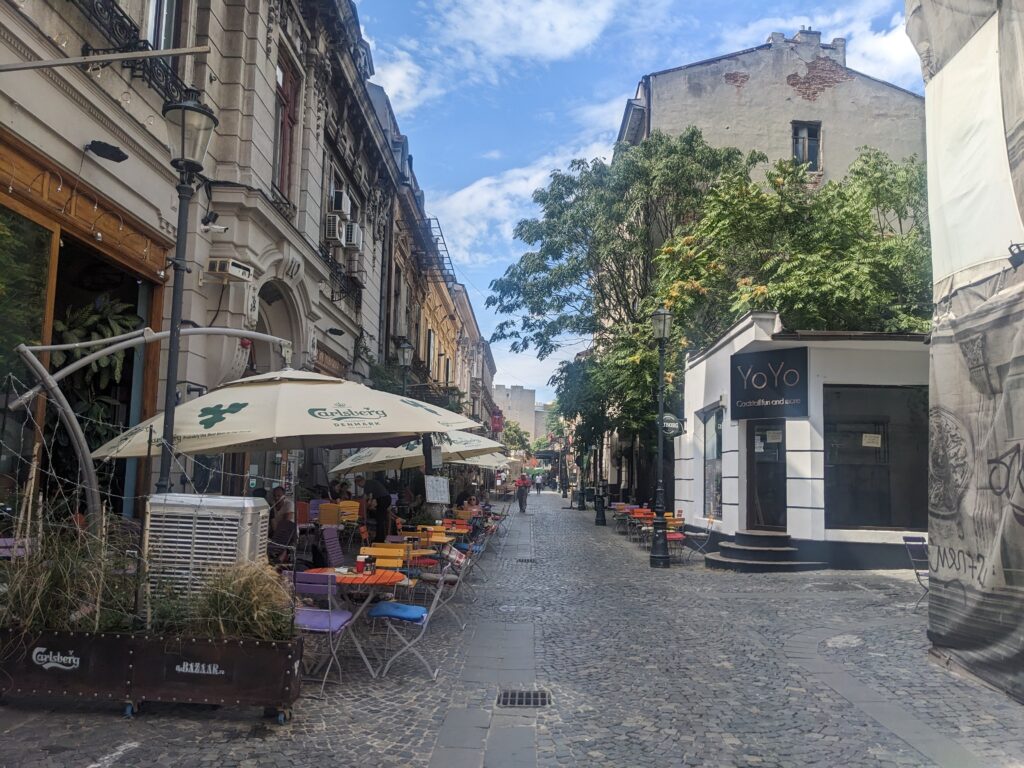
As it happened, it was my birthday and to celebrate we had lunch at a fabulous beer hall in the old town which first opened it’s doors in 1897. That was great fun. We then made our way out to the suburbs to the only campground in Bucharest and that night walked down the road for another celebratory meal…just because we could.
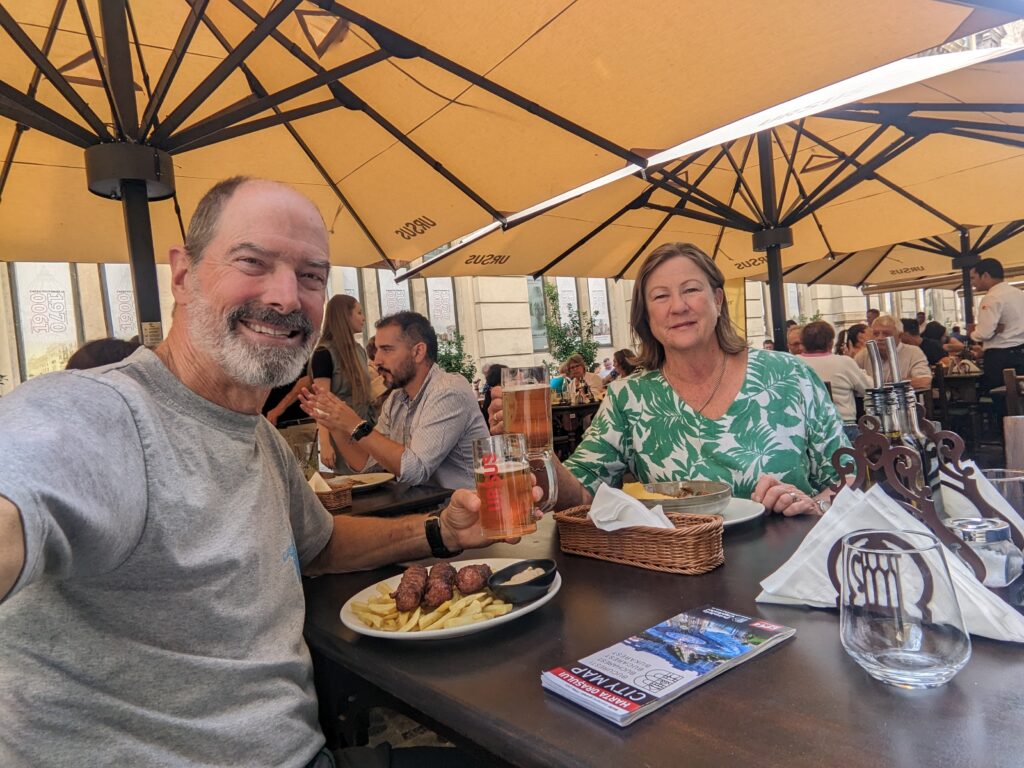
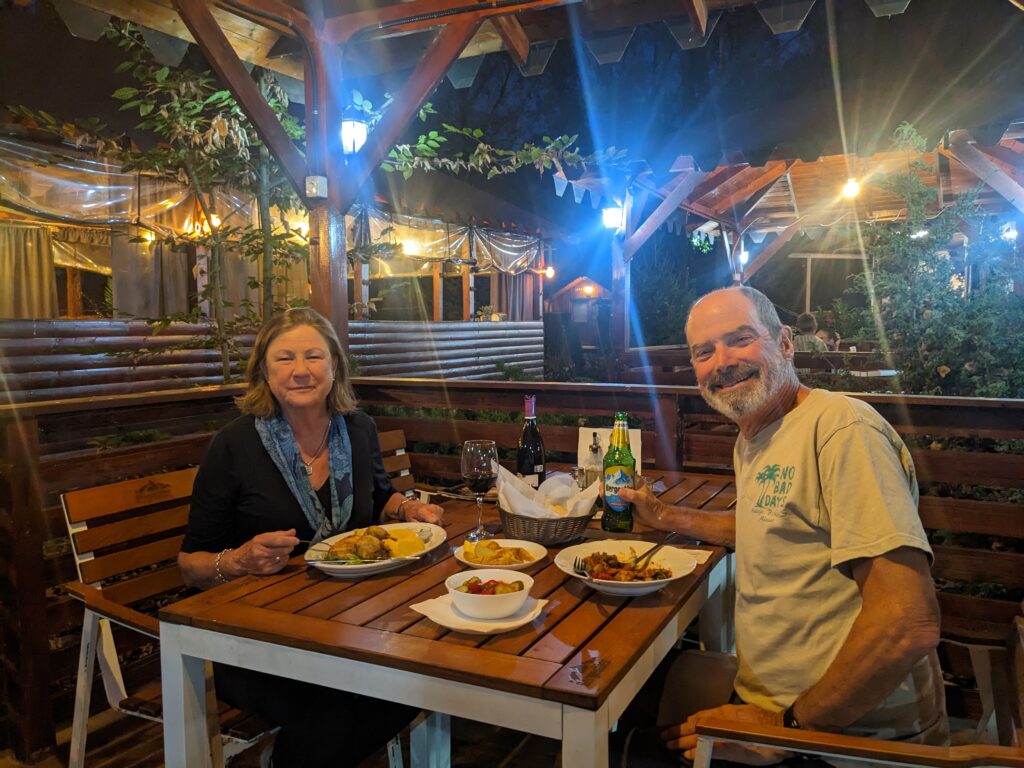
The next morning we went back into town as we had booked tickets for the obligatory tour of the huge Palace of Parliament, the number one thing to do in Bucharest for all visitors. After security measures that would put an airport to shame we enjoyed hearing more about this incredible building and some of the history and stories about it.
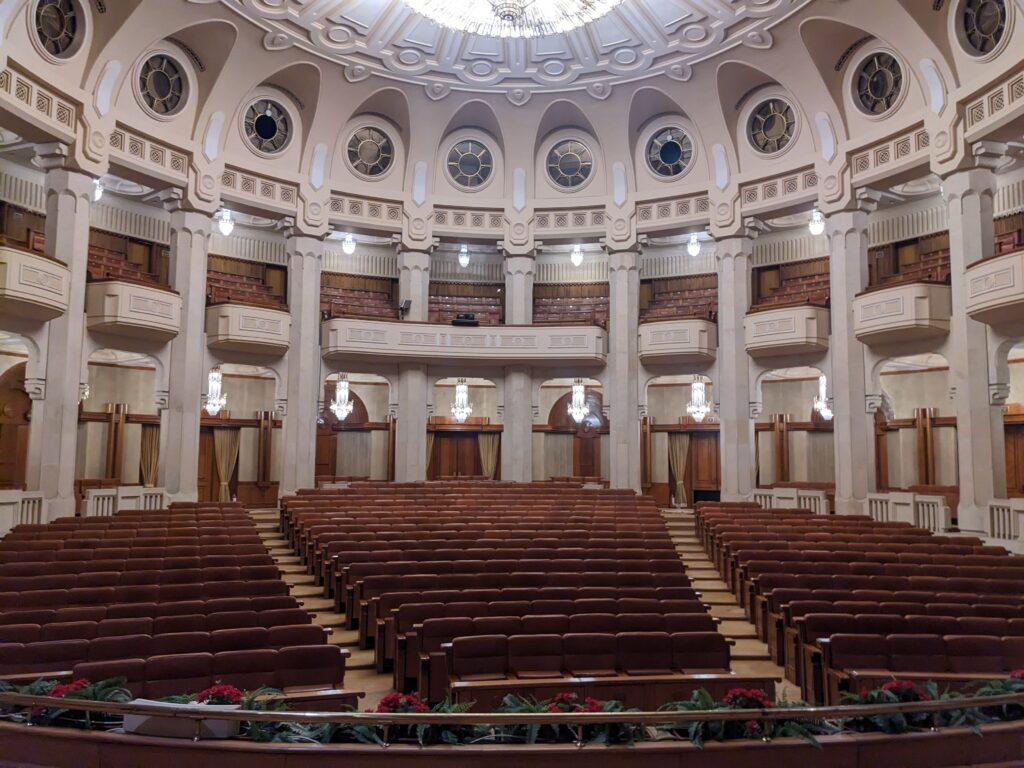
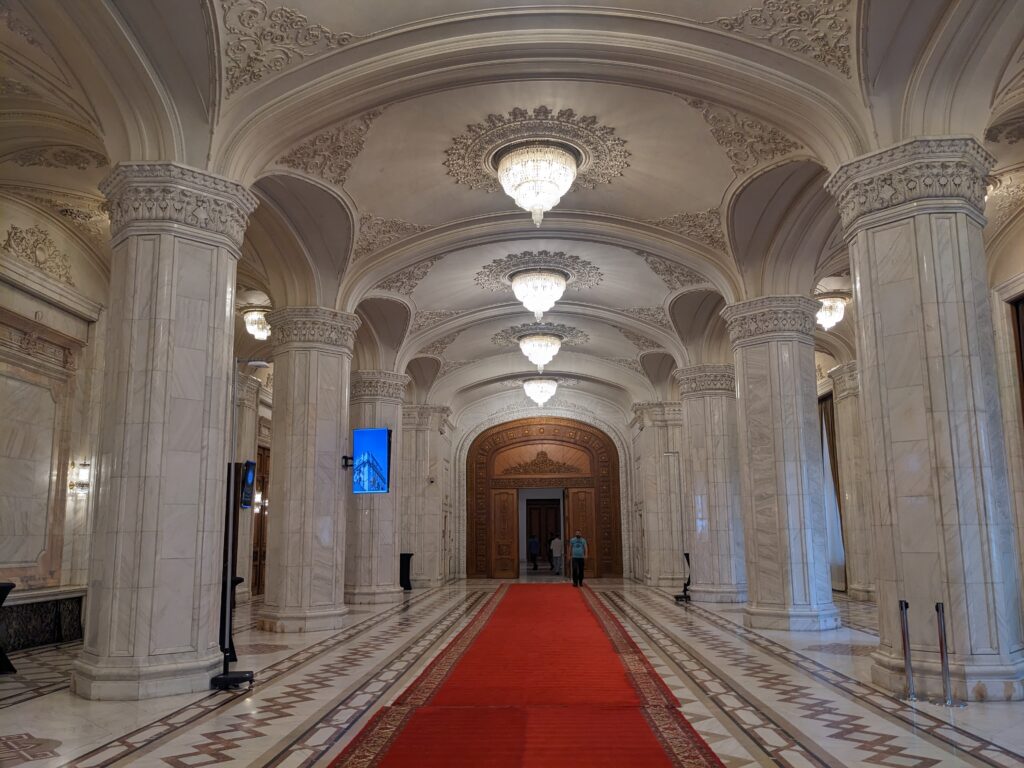
In essence, Ceausescu began to build his new parliament in the early 1980’s after an earthquake had flattened the old buildings on the site. It was only half finished when the revolution ended his reign and was finally finished in 2004. More than 100,000 workers contributed, sometimes work on the site went 24/7 to build it at an incalculable cost. It has over 1,100 rooms and more than 5,000 people work in the building every day. To say it was huge and excessive puts new definitions on those words.
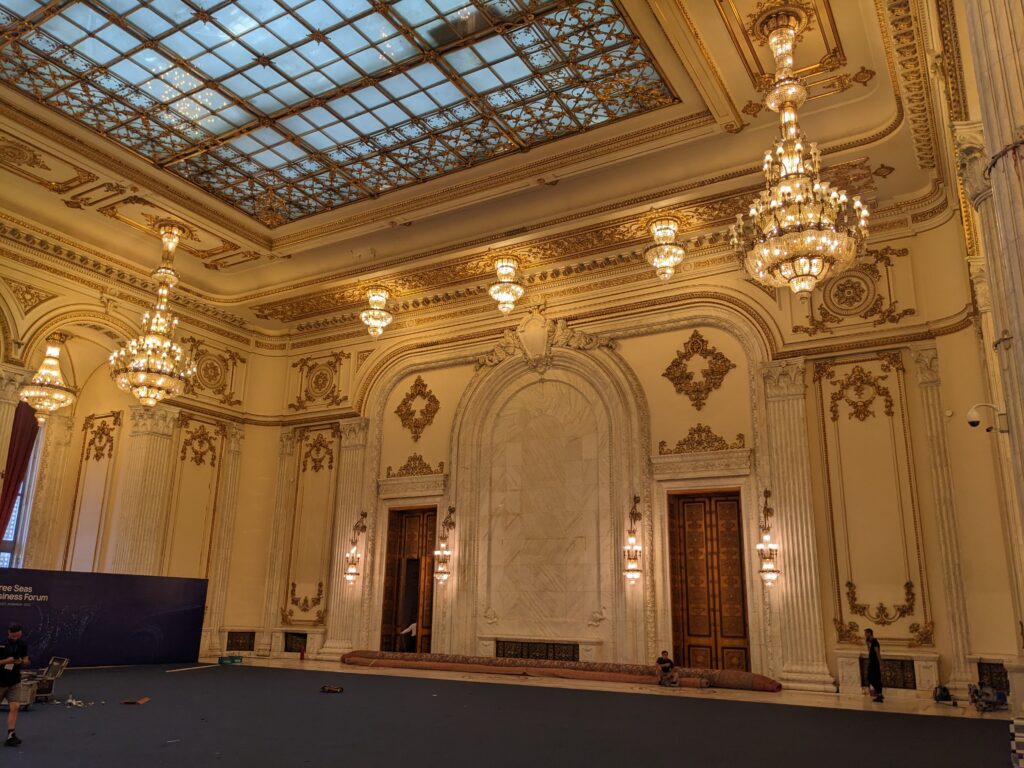
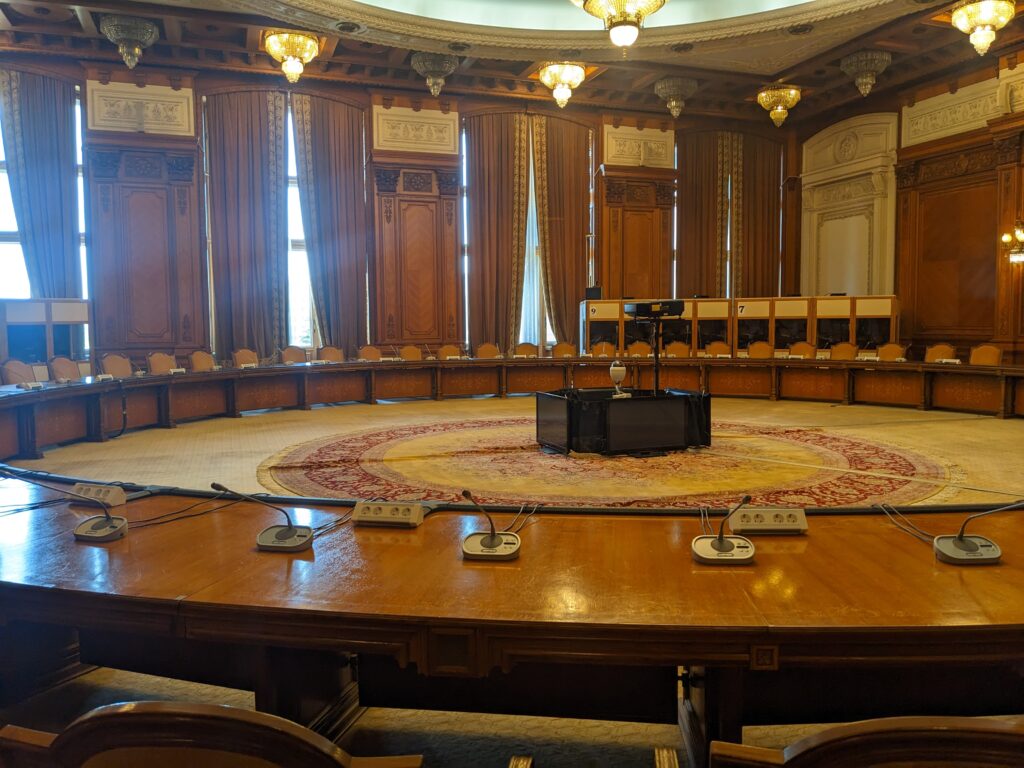
We finally headed out of Bucharest, having enjoyed the experience but doubting we would ever need to come back.
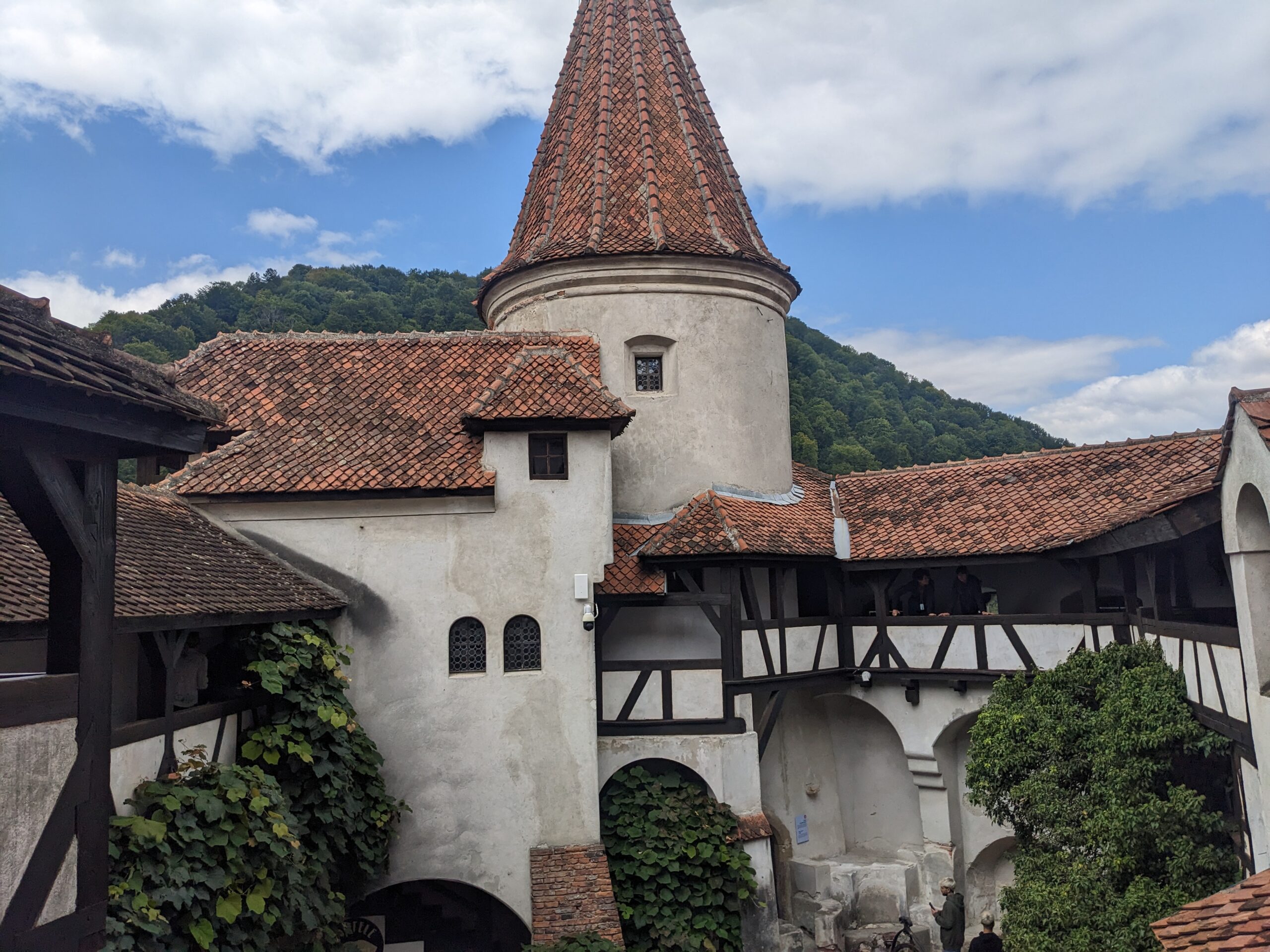
Sounds interesting and glad you had a great birthday Bill.
Hi Louise, yes, not everyone can claim a birthday in Bucharest and it was all great fun too!